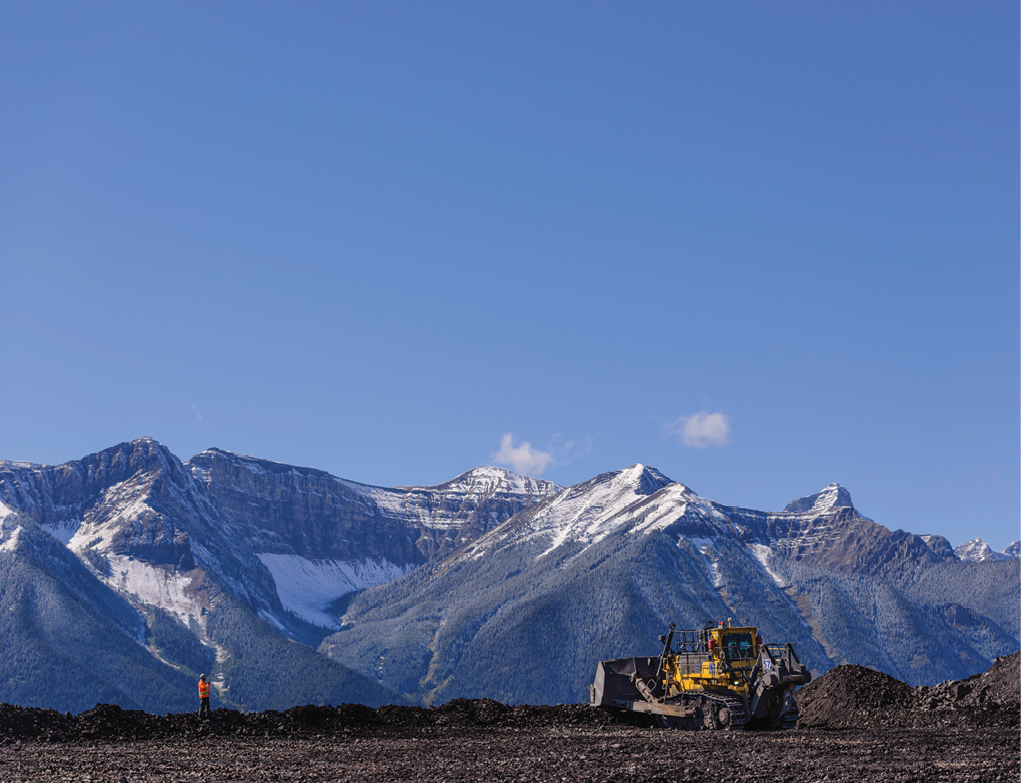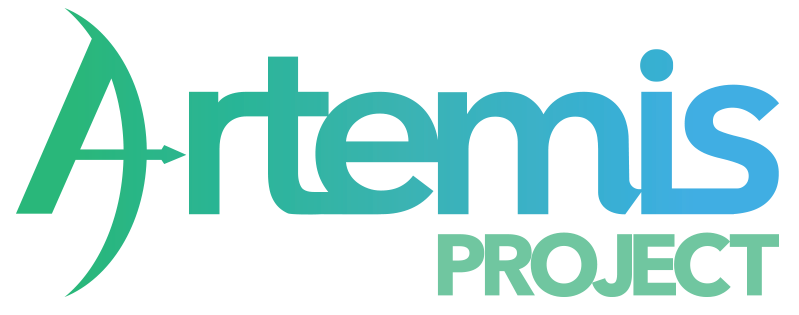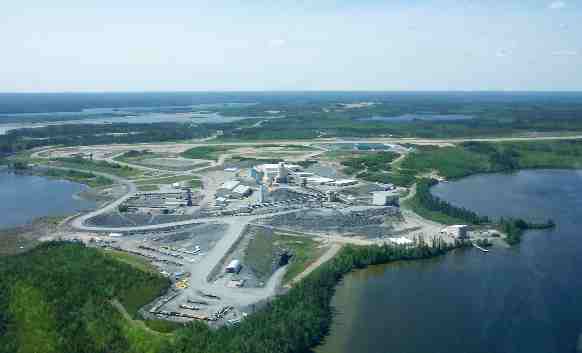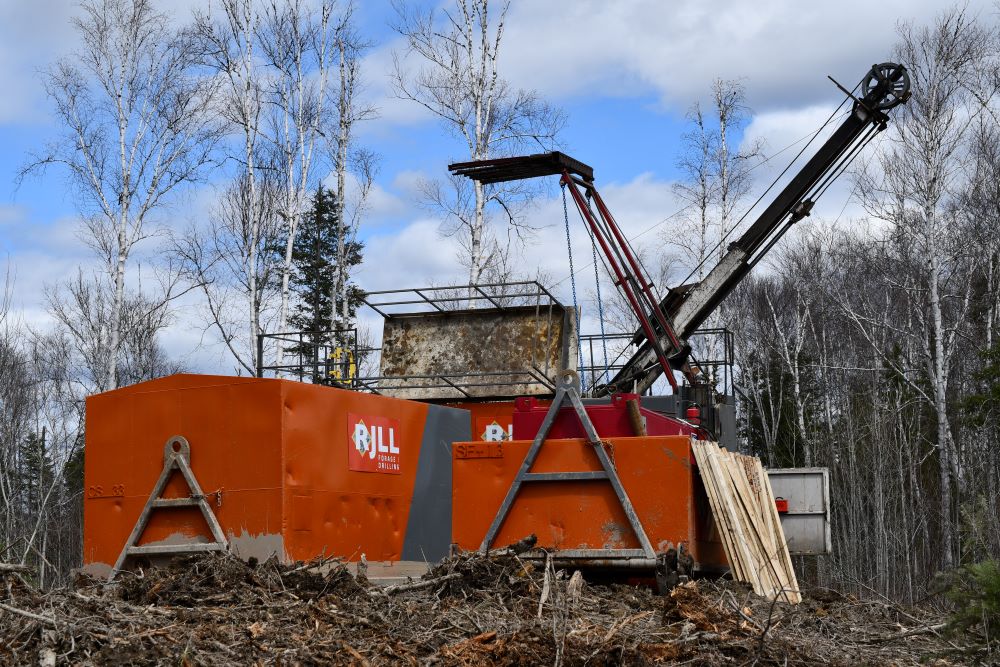Cleaner, greener coal?

Can BC’s met coal industry be a bridge to a cleaner future?
John Steen has no illusions about the future of metallurgical coal mining in British Columbia. But as the world moves slowly towards the production of greener steel using hydrogen instead of met coal as foundry fuel – a technology still in its infancy – he thinks B.C.’s industry can be a bridge to a cleaner future.
“Met coal is on borrowed time – but that time is not nigh,” said Steen, director of the Bradshaw Research Initiative in Minerals and Mining at the University of British Columbia and a renowned researcher who leads major international studies on innovation and sustainable development in the resources sector.
According to Steen, the process of using hydrogen to suck oxygen out of iron ore – a key role played by carbon-rich met coal in steel production, making it one of the most polluting industries on the planet – is still decades away from widespread commercial use.
Until then, he said, all the time and money that industry and government have spent grappling with the groundwater pollution problems caused by metallurgical coal mining in B.C. could and should make it the international standard and go-to source for the steelmaking industry on its path to decarbonization.
“There is an ethical case for B.C. to do this, rather than places like India or Africa that don’t have the resources we do to deal with these issues,” said Steen. “The problems caused by met coal mining are not intractable. There are clever technical solutions, many of which have and are being developed here.”
While Teck Resources dominates production of steelmaking coal in the province with its operations in southeastern B.C.’s Elk Valley, it’s not just existing operators that see some life yet in the industry. North Coal, a subsidiary of a privately held Australian resource company, is betting that there will be demand for metallurgical coal from its Michel project in the same region, near Sparwood. The project, currently in the environmental assessment phase, could begin production in 2025 and has an estimated 25-year mine life. To help demonstrate the project is being developed responsibly, North Coal is partnering with U.K.-based Circulor to establish dynamic tracking of ESG metrics, including carbon intensity.
“This data is increasingly critical to steel manufacturers’ growing imperative to ensure their supply chain has the lowest possible CO2 emissions and other leading ESG performance metrics such as Indigenous engagement and environmental management,” the company said in a release.
North Coal points to the clean hydropowered grid in B.C., as well as carbon offsets, as being key to low-carbon production. According to a BC Mining and Carbon Pricing Report commissioned by the Mining Association of B.C. (MABC), met coal in the province produces about half the carbon emissions as production from the world’s leading producer, Australia.
For its part, diversified multinational miner Teck has committed to reaching net zero carbon by 2050. Where coal fits into its plans isn’t entirely clear. Bloomberg has reported the company is interested in selling off or spinning out its coal assets.
A solution for selenium?
While the climate impact of coking coal in steelmaking has put the sector under scrutiny, mining the material has also caused water pollution in the form of selenium. A natural occurring metalloid like arsenic, selenium can exist as a metal. But it also dissolves in water, becoming both a negatively-charged ion and bioavailable to algae and insects that ingest it in water or sediments.
Though a nutritional requirement for proper enzyme function in humans and other species – albeit in tiny amounts – selenium becomes toxic as it bioaccumulates up through the food chain, resulting in embryonic defects.
In B.C., which produces the majority of Canada’s hard coking coal, the rocks mixed with the massive deposits of metallurgical coal that have been mined for the past 50 years in two main areas – the Elk Valley in southeastern B.C. and near Tumbler Ridge in the northeast – have high concentrations of selenium.
Due to the mountainous terrain, huge volumes of tailings have been piled on low-lying surfaces, notably in the Elk River Valley, which features four large open-pit coal mines operated by Teck that supply a third of the world’s steel-making coal.
Over time, however, rain, ice and snow enabled the unearthed selenium in the tailings to leach into the Elk River, a 220-km-long waterway that flows south to Montana, where it eventually joins the Columbia River.
Selenium pollution has notably been blamed for gill deformation in angler-prized cutthroat trout, pushing the species in the international waterway to the brink of collapse.
The situation led to two charges being laid in 2012 under Canada’s Fisheries Act for selenium and calcite pollution released from holding ponds at two of its Elk River Valley mines.
The slow progress of those cases, however, led two American commissioners on the International Joint Commission to publicly criticize Canada in 2018 for failing to deal with the problem.
The following year, eight U.S. senators from states bordering B.C. also voiced concern over the apparent lack of federal oversight at the Canadian mines, while the U.S. Environmental Protection Agency called on the B.C. government to hand over data related to selenium pollution in the Elk River.
In March 2021, Teck finally pleaded guilty to the two charges and was subsequently fined $60 million – the largest penalty of its kind in Canadian history. Environmental groups, however, continue to criticize the federal government for allowing “one of the biggest polluting events in waters frequented by fish in North America” to continue.
For its part, Teck Resources has been quick to defend what it says are decades of ongoing efforts and actions aimed at both understanding and addressing the water quality issues stemming from its steelmaking coal operations in B.C.
“Teck is committed to protecting water quality and we have made significant progress implementing the Elk Valley Water Quality Plan,” Teck Resources public relations manager Chris Stannell told Canadian Mining Journal.
According to Stannell, Teck has already spent $1 billion on the long-term watershed protection plan, which was approved in 2014 following consultations with government, scientists and local communities, including B.C.’s Ktunaxa Nation, and will spend another $755 million by 2024.
In addition to monitoring water quality and aquatic health at more than 130 locations in the Elk River Valley watershed –
generating data and reports that are available to the public – the plan includes the building of several onsite treatment facilities to remove selenium from water contaminated as a result of mining.
Several of those facilities, which are either in operation or are being planned or constructed, use Teck’s Saturated Rock Fill technology. The innovation uses natural biological reactors –
notably enzymes – to passively treat water in massive tanks by changing selenium back into solid form, allowing it to be filtered out.
Teck’s first SRF facility, which went into operation at its Elkview mine in early 2018, allows for the near total elimination of selenium and nitrate from up to 10 million litres of water per day.
In February 2021 – just weeks after it made a Top-100 list of the world’s most sustainable companies, and a month before it was slapped with its record fine under Canada’s fish protection laws – Teck commissioned its latest bioreactor tank at the Elkview mine, doubling the water-cleaning capacity there to 20 million litres a day.
“Teck is committed to responsible mining that is protective of the environment and supports the social and economic well-being of the Elk Valley,” Robin Sheremeta, Teck’s senior vice president, coal, said at the commissioning of the newest bioreactor tank. “We continue to make significant progress in advancing the plan and reducing selenium levels throughout the watershed.”
(North Coal also plans to use saturated rock fill to passively treat water at Michel, in addition to active treatment and diverting water around the mine site to minimize contact.)
‘Big improvement’
For Sue Baldwin, a professor of chemical engineering at UBC and BRIMM’s mining microbiome theme leader, Teck is tackling what she calls “an obvious problem” head on.
“They are very committed corporate leaders on the selenium issue,” said Baldwin, a South African-born expert in the use of natural biological and geochemical processes to solve environmental challenges caused by anthropogenic activities – better known as bio-remediation.
She first got involved with the Elk River selenium problem in 2004, when B.C.’s environment ministry hired her to identify the source of the selenium and where it was ending up.
In 2017, Teck and Baldwin teamed up in a now-completed $400,000 research project that helped to make their SRF bioreactors as efficient and effective as possible by identifying nutrients that help microbes remove selenium from mine-affected water.
“They have probably hired more scientists than any other company in the world to look at look at how microorganisms metabolize selenium, which is an under-studied issue we know little about,” said Baldwin.
Government- and Teck-funded scientific efforts now, she added, are focused on a wide range of issues, from improving or finding other treatment possibilities for getting selenium out of the water to reusing recouped selenium as a metal, possibly as nutrition supplements or as semi-conductor in electronics.
Those efforts parallel mining innovations such as rock sorting techniques like X-ray machines on top of shovels that aim to leave selenium undisturbed while mining met coal, and the reuse and/or recycling of pilings to extract and recover rare earth and other metals, make building materials and even neutral soils for use in agriculture and forestry.
“Teck has made a big improvement to the quality of the water in the Elk Valley,” said Baldwin. “But it’s not the end of the story yet. Like with legacy mines, dealing with contaminant problems is always big and ongoing.”





Comments